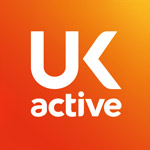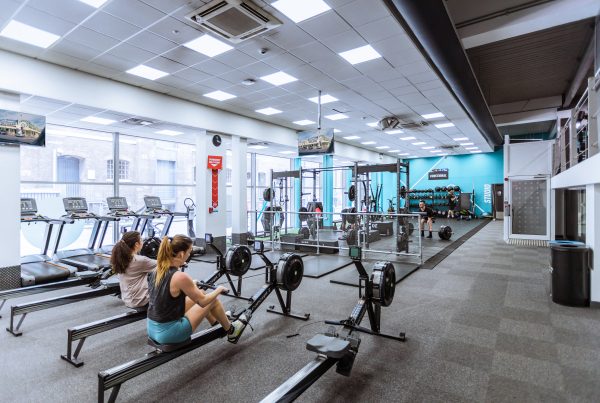By Ross McCaw, CEO, OurPeople
With many gyms and leisure centres in the UK beginning to reopen, the public are returning in increasing numbers to exercise and bust some lockdown stress. As they do, exercise classes have now resumed in Wales and are pegged to resume over the coming weeks in England and Scotland (from 17 May), and Northern Ireland (from 24 May) – with most gyms looking to reinstate their freelance group instructors and formulating plans for a safe, seamless return to in-person classes.
As providers of wellbeing facilities, safety and hygiene are of the utmost importance, which can only be achieved by ensuring staff are effectively communicating, and feeling happy, safe and healthy. Working with thousands of fitness facilities and tens of thousands of users, OurPeople has collected four key insights expressed by users, which help the effective management of gym staff and freelance instructors, as we return to exercise facilities post-pandemic.
- Train and re-train
Bringing gym staff and customers back into contact, ensuring additional health and safety measures are upheld, training and maintaining a sense of community will be a number one priority. This is no small feat. Crucially, your employees and customers must feel they can trust the environment they’re in and feel listened to: customers need to feel safe, while your team needs to feel safe, valued, listened to and part of a wider purpose.
The greatest challenge here will be making sure all staff are trained (or re-trained) as procedures evolve, so they can identify and address knowledge gaps before they become an issue when facing customers. Having a centralised easy-to-use e-learning platform, plus regular, short quizzes on all up-to-date protocols and changes, are invaluable when ensuring deskless staff, coming and going at different times of the week, are all kept in the loop.
- Use video to make communication simpler
Our insight shows that the fastest, most precise way to communicate health and safety protocols is by sending out short, daily videos to update staff on procedure changes. Navigating new health and safety guidelines and information, from new entry and exit routes to ensuring class participants are following COVID-19 guidelines, are best understood via video, with engagement rates at around 98% for these kinds of communications.
Using short, demonstrative videos saves managers a huge amount of time, and using smartphones to shoot and circulate video takes minutes, as opposed to hours.
- Check in on staff wellbeing
Added pressure to staff, against the backdrop of uncertain and challenging times post-pandemic, means staff are being stretched on a daily basis. Regularly checking in on team members is crucial, ensuring their mental state is accounted for, voices are being heard and that they are supported in any way they need.
Following a stressful and isolating year, staff wellbeing and mental health is a key priority for managers, ensuring teams continue to function in the best way possible, with no one slipping through the cracks. Short surveys on a regular basis is a highly effective solution to this, enabling any changes of training, staff structure and work processes to be made following staff feedback.
These short, precise surveys present a clearer picture of what is actually going on within teams, without inconveniencing staff – in general, 45% of short surveys issued are completed in under 10 minutes of being broadcasted to teams.
- Escalate information to the right people
With a deskless team working different hours and often in a variety of locations, escalating critical information to the right people can be a challenge. It is vital that a robust system of reporting critical incidents of events is established, whether it be to an individual contractor, operations or facilities teams, or an entire business.
Digital signature cards are key in ensuring the correct people have seen and signed off on new updates, allowing managers to distribute key information to the right people quickly while on the go. These cards are particularly effective in regards to cleaning regimes and new procedures, with 75% of team members signing off on these changes within 24 hours.
What next?
Keeping staff, contractors and customers safe and happy in the current climate is undoubtedly a challenge. Digital tools and platforms can greatly ease the day-to-day processes of keeping people connected, especially as gyms and leisure centres continue to get busier.
Face-to-face meetings are a vital element in harbouring trust and understanding, however, in turbulent times, using the right technology is the best way to ensure teams are kept up to date with the latest information, in a clear and efficient way.
For more information on how we can help you streamline the way you connect with your deskless workforce, visit our website or contact us.
Disclaimer: Any views or opinions expressed are solely those of the author and do not necessarily represent those of ukactive

More People More Active More Often




